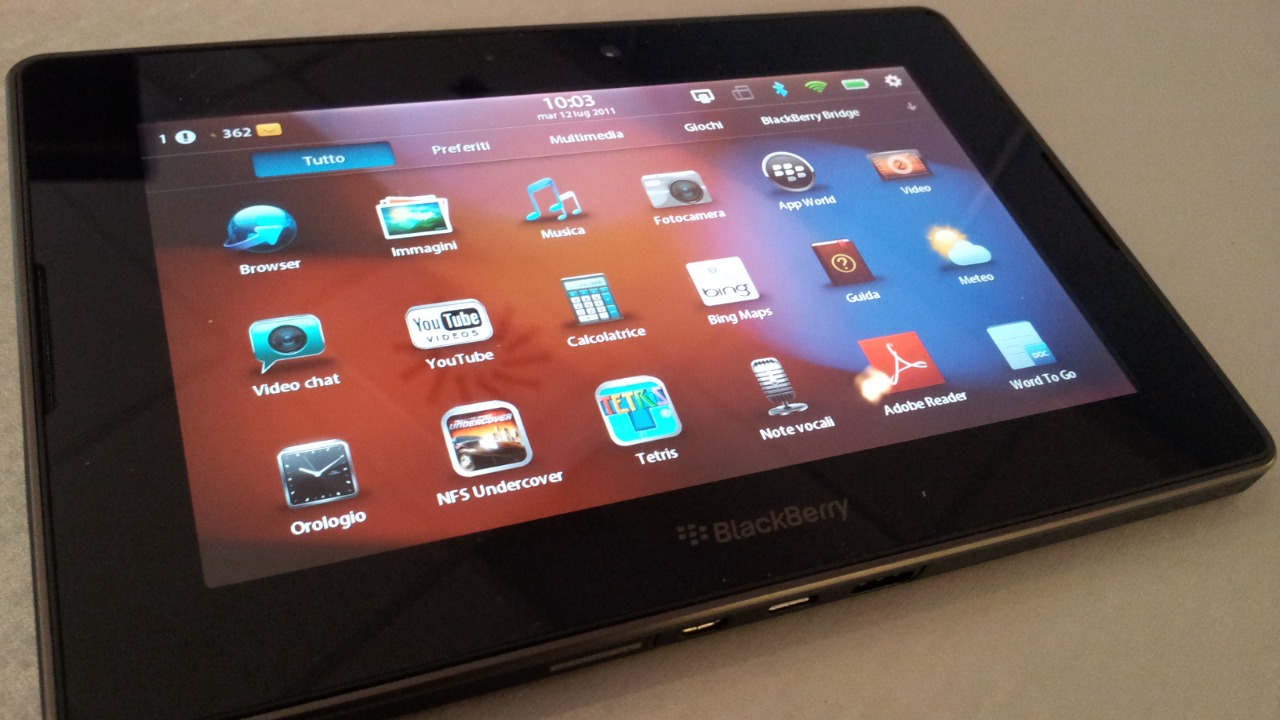
The 2010s were a transformative decade for technology, bringing an array of innovative gadgets that promised to change the way we live and work. While some devices thrived, others met an untimely demise, leaving behind a legacy of what could have been. Let’s take a nostalgic look at ten iconic gadgets from the 2010s that are no longer with us, but continue to hold a special place in our hearts.
1) Google Glass

The Google Glass was a groundbreaking attempt to bring augmented reality to the masses. Launched in 2013, it offered a futuristic glimpse into wearable technology with its head-mounted display and voice-controlled interface. However, concerns over privacy and a hefty price tag led to its eventual discontinuation. Despite its short-lived presence, Google Glass paved the way for future wearable tech innovations.
2) Nintendo Wii U
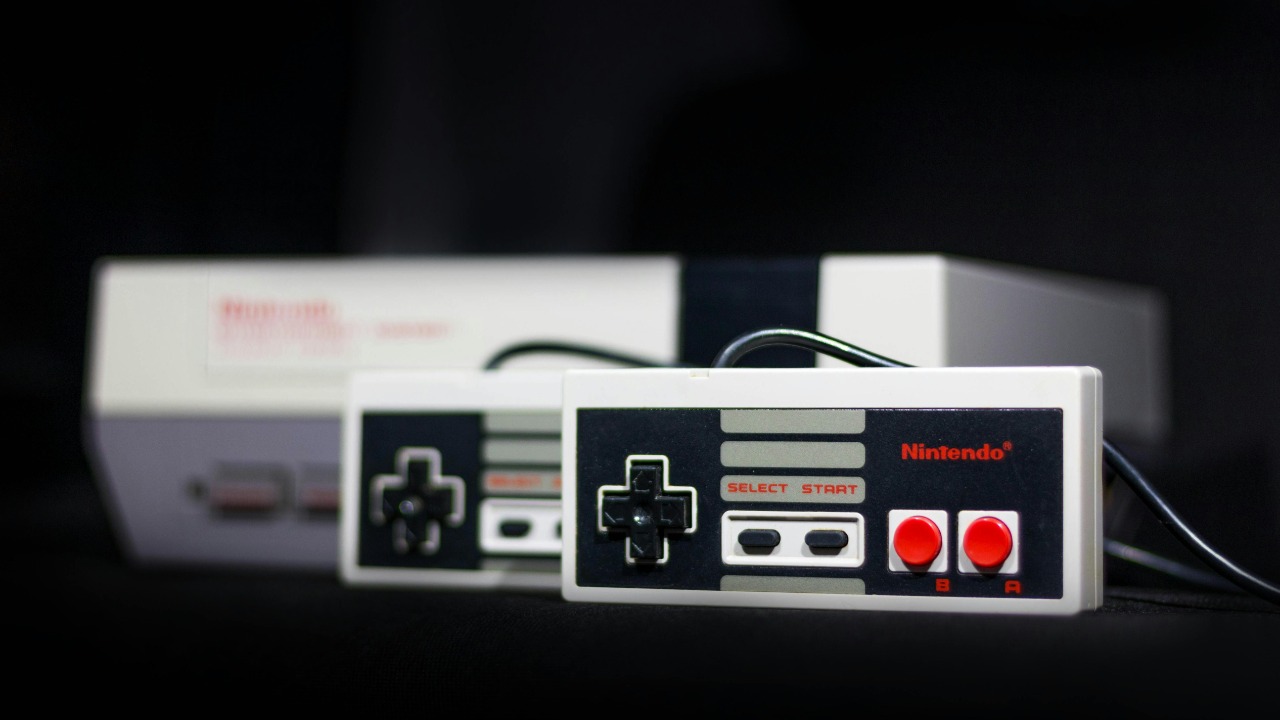
The Nintendo Wii U, released in 2012, was a bold step forward from its predecessor, the Wii. It introduced a unique gamepad controller with a touchscreen, offering new ways to play. However, the console struggled with marketing confusion and lackluster third-party support. Although it was discontinued in 2017, the Wii U’s innovative features laid the groundwork for the highly successful Nintendo Switch.
3) Microsoft Zune
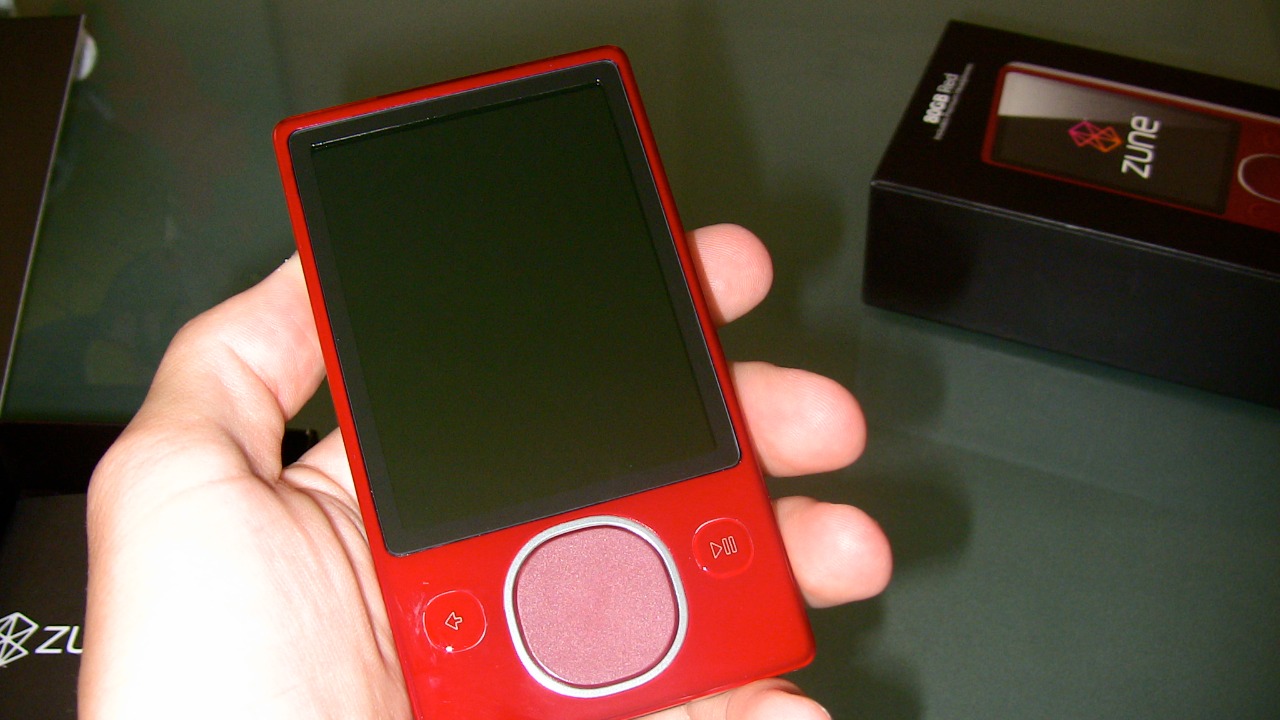
The Microsoft Zune, a media player launched in 2006, aimed to compete with Apple’s iPod. Despite having a loyal fanbase, it couldn’t quite capture the market share needed to thrive. By 2011, Microsoft ceased production. The Zune may be gone, but its influence is evident in the company’s later streaming services, which evolved into the Microsoft Groove platform.
4) BlackBerry PlayBook
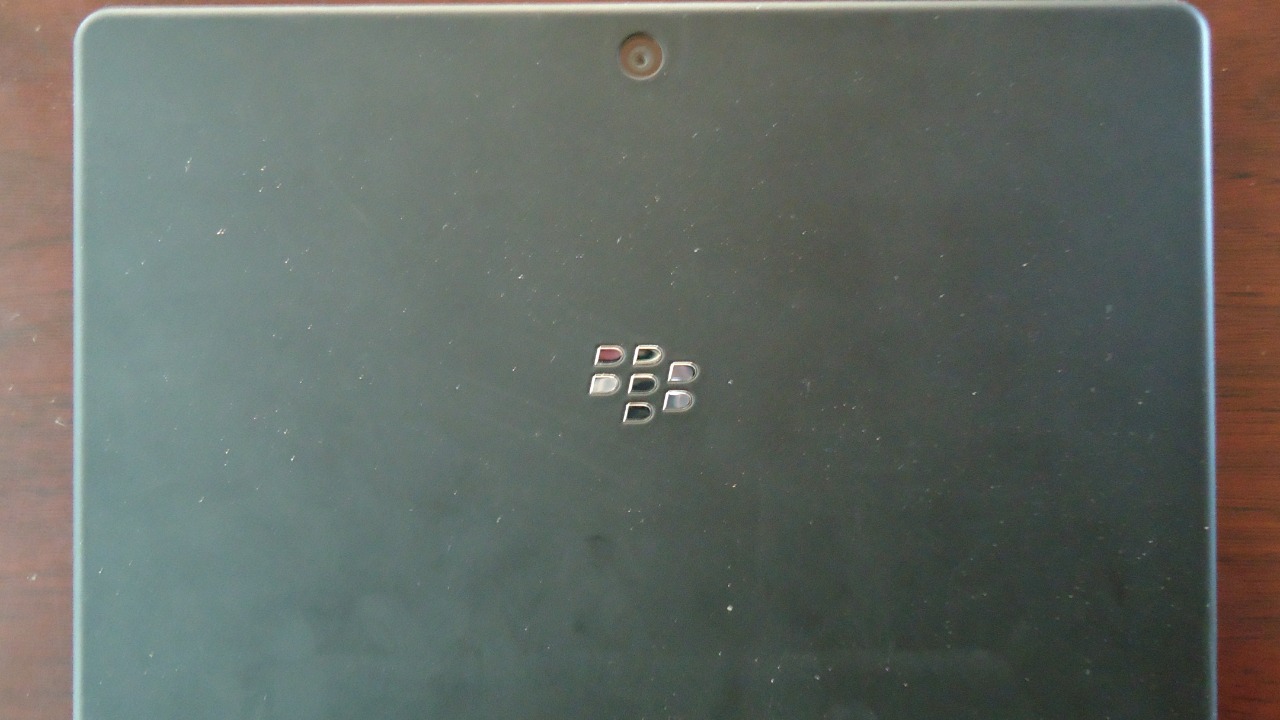
In 2011, BlackBerry introduced the PlayBook, a tablet designed to compete in the burgeoning tablet market. Despite its sleek design and powerful hardware, it lacked essential apps and features that held it back. BlackBerry ceased production in 2012, marking a significant shift away from the company’s previous dominance in mobile technology.
5) Pebble Smartwatch

The Pebble Smartwatch, launched in 2012, was a pioneer in the wearable tech industry. It offered long battery life and a customizable interface, winning over early adopters and tech enthusiasts. Despite its success, Pebble couldn’t keep up with competition from larger players like Apple and Samsung, leading to its acquisition by Fitbit in 2016. Its open-source legacy, however, continues to inspire smartwatch development today.
6) Apple iPod Classic
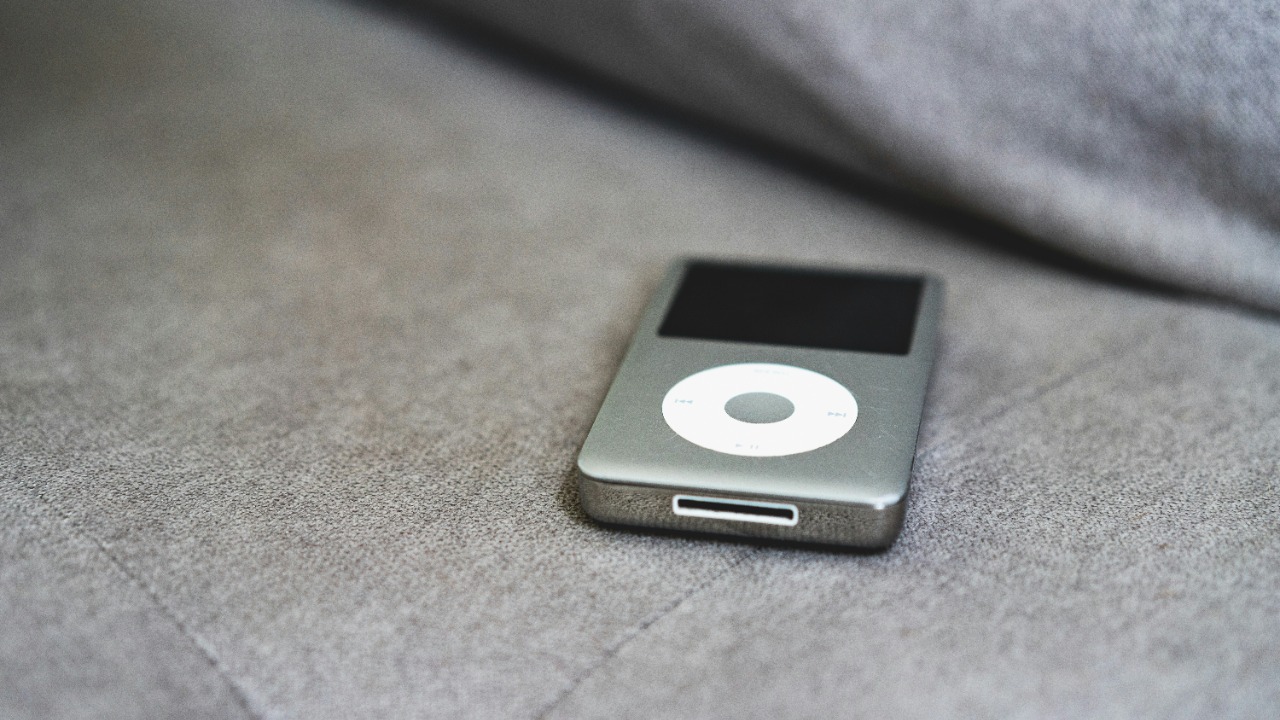
The Apple iPod Classic was the quintessential music player for many, offering ample storage and a simple interface. However, as smartphones began to integrate music capabilities, the iPod Classic was rendered obsolete. Apple officially discontinued it in 2014, marking the end of an era for standalone music devices.
7) Samsung Galaxy Note 7

The Samsung Galaxy Note 7 had a promising launch in 2016, featuring a beautiful design and innovative features. Unfortunately, it became infamous for its battery issues, leading to a global recall. Despite its short life, the Note 7’s innovations live on in the safer successors of the Galaxy Note series.
8) Amazon Fire Phone
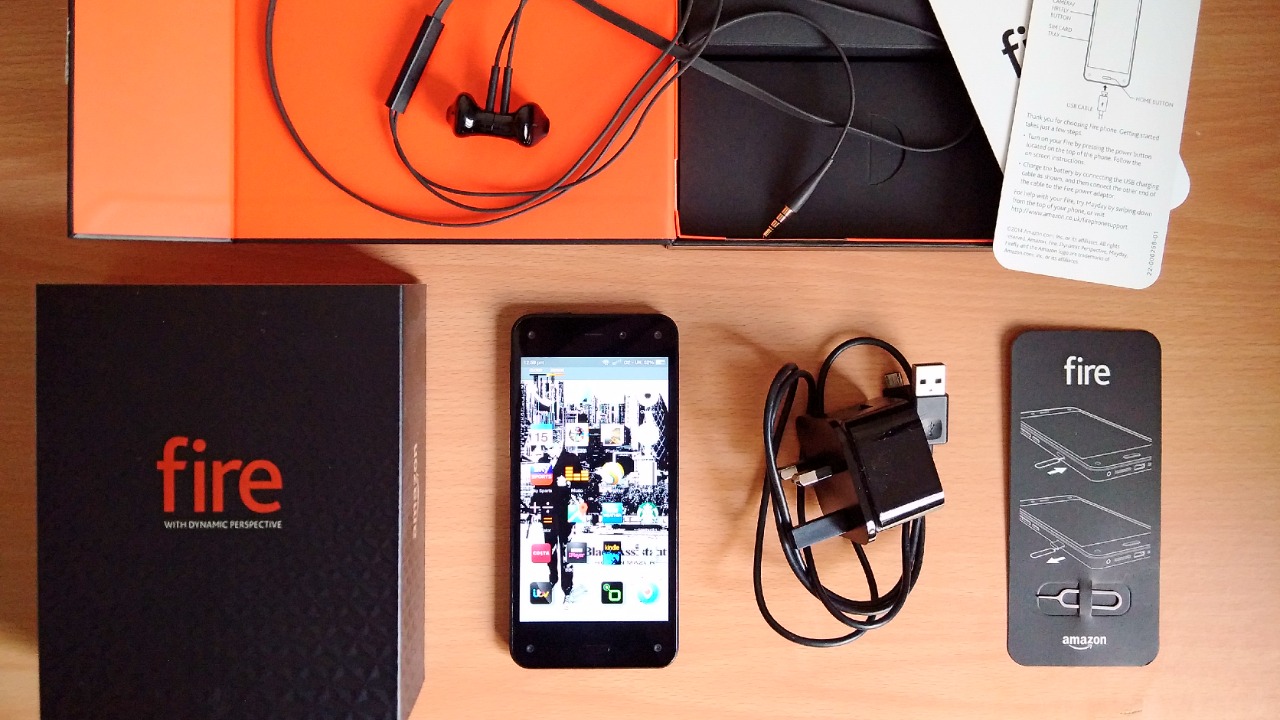
The Amazon Fire Phone debuted in 2014 with unique features like dynamic perspective and Firefly technology. However, it struggled to compete with established smartphone brands and failed to attract a significant user base. The Fire Phone’s discontinuation in 2015 marked a rare misstep for Amazon, which has since focused on its successful line of Fire tablets and Echo devices.
9) Sony PlayStation Vita
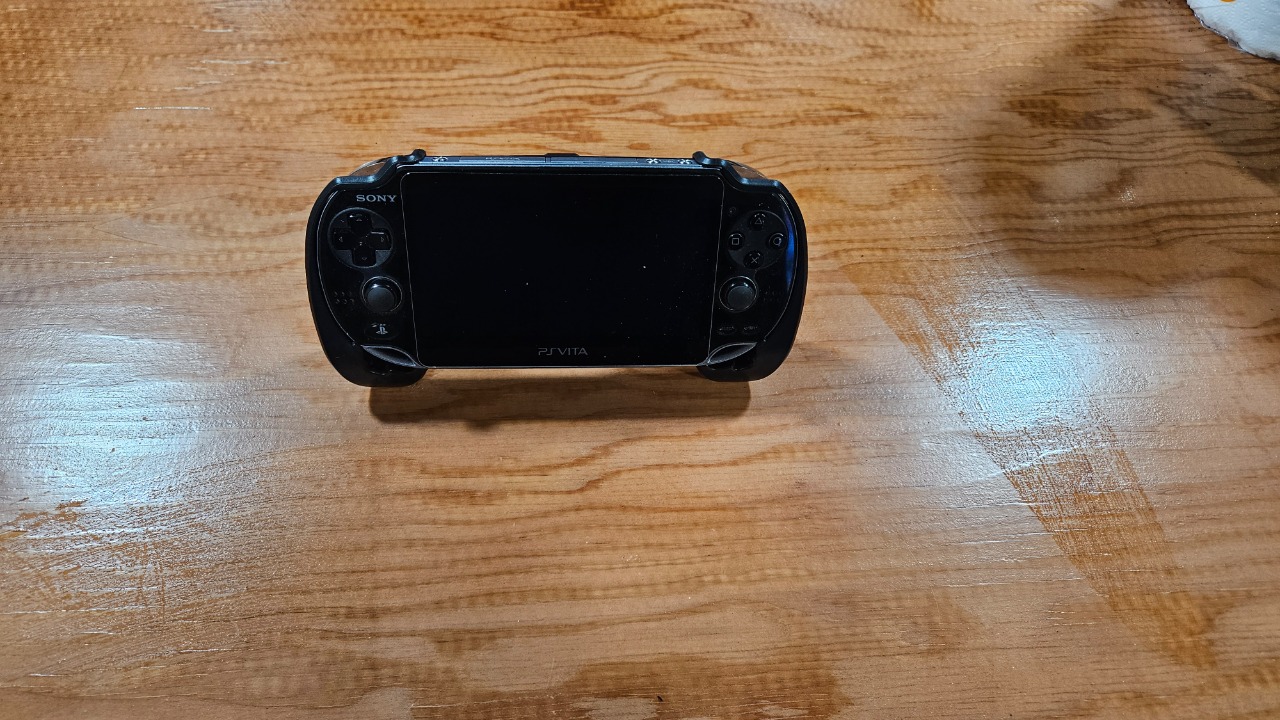
The Sony PlayStation Vita was a powerful handheld gaming console released in 2011. It boasted impressive graphics and a robust library of games, yet struggled to compete with the rise of mobile gaming. Sony officially discontinued the Vita in 2019, but it remains beloved by fans for its rich library and homebrew community.
10) Ouya Gaming Console
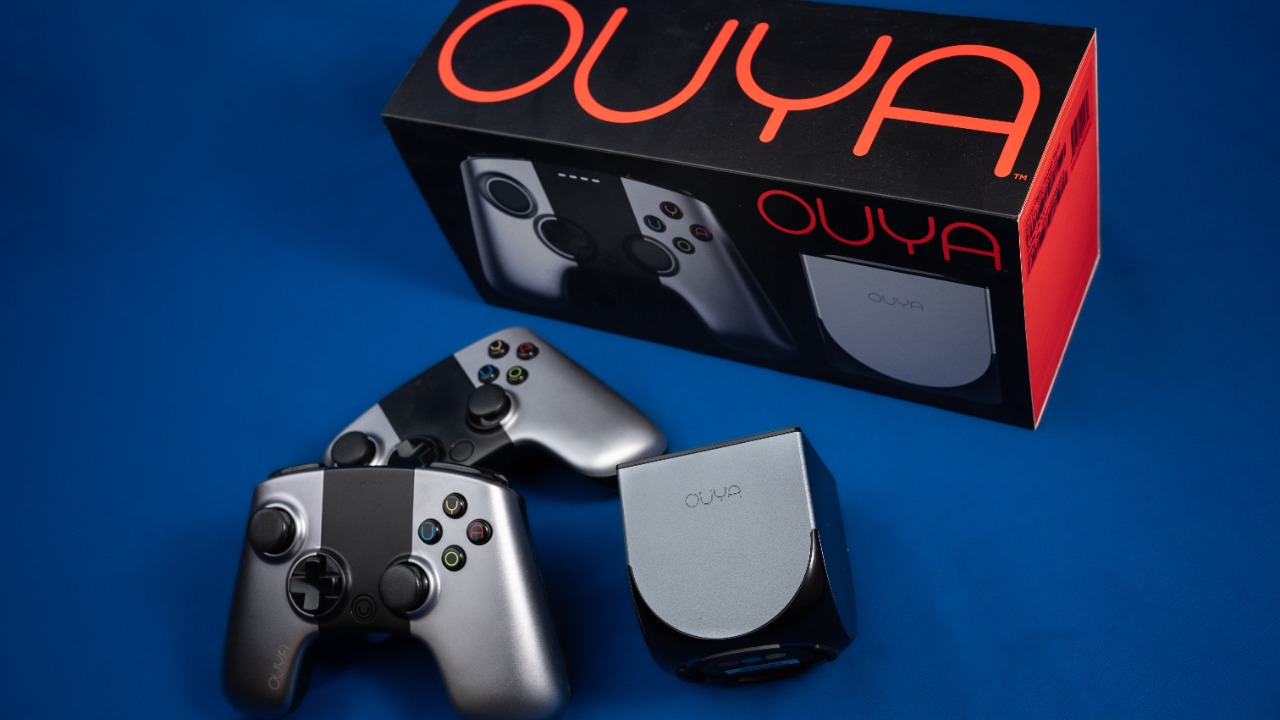
The Ouya Gaming Console launched in 2013 as a Kickstarter sensation, promising affordable gaming with Android-based software. However, it struggled with limited game selection and competition from established consoles. Despite its early demise, the Ouya highlighted the potential for crowdfunded tech projects and open-source gaming, influencing future gaming platforms.